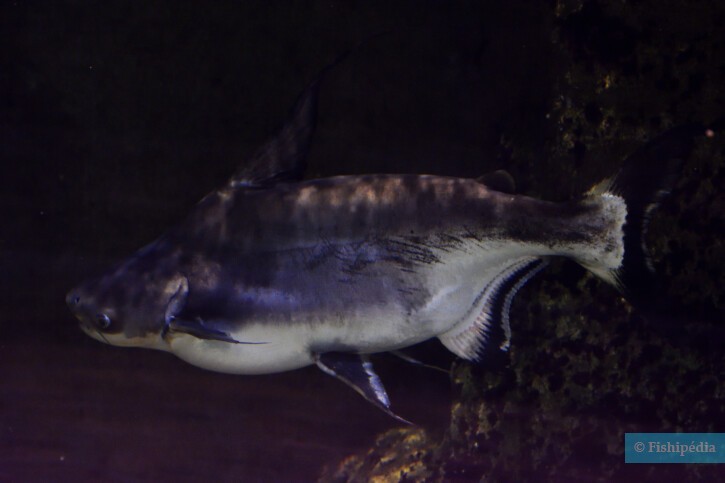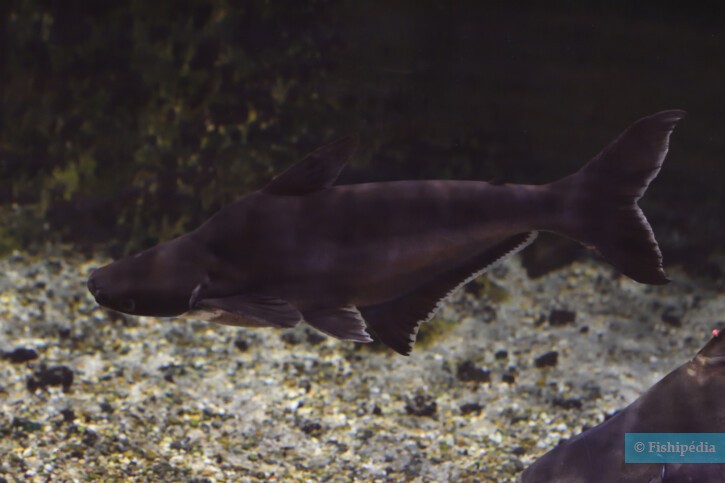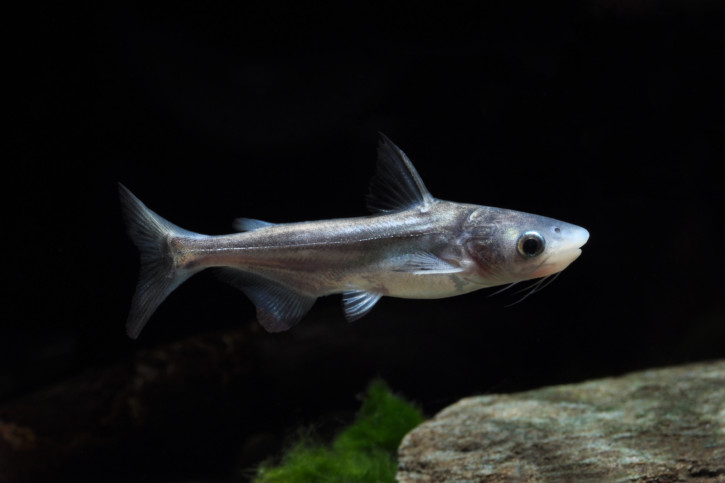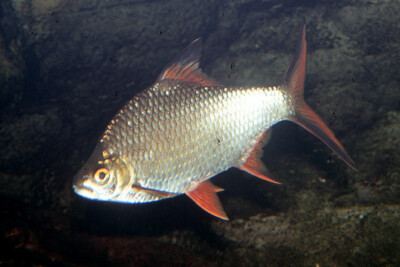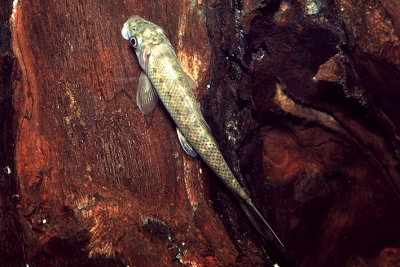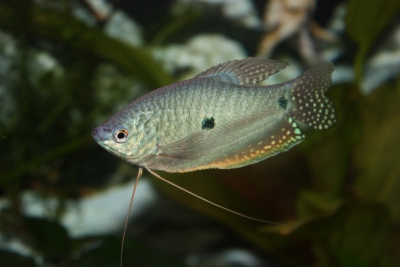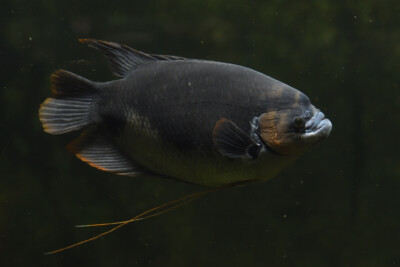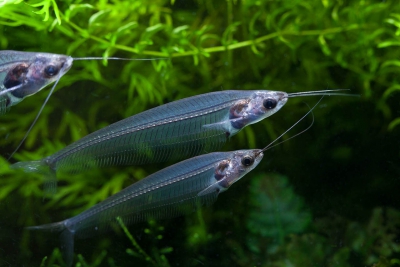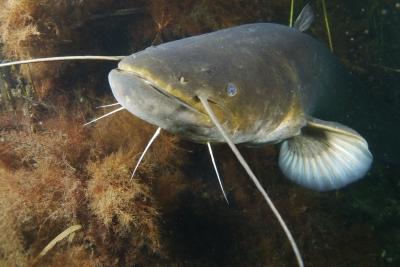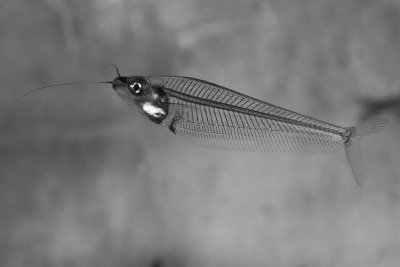giant pangasius
| Scientific name | Pangasius sanitwongsei |
|---|---|
| Descriptor | Smith |
| Year of description | 1931 |
| IUCN category (World) | CR |
| Family | Siluridae |
| Genus | Pangasius |
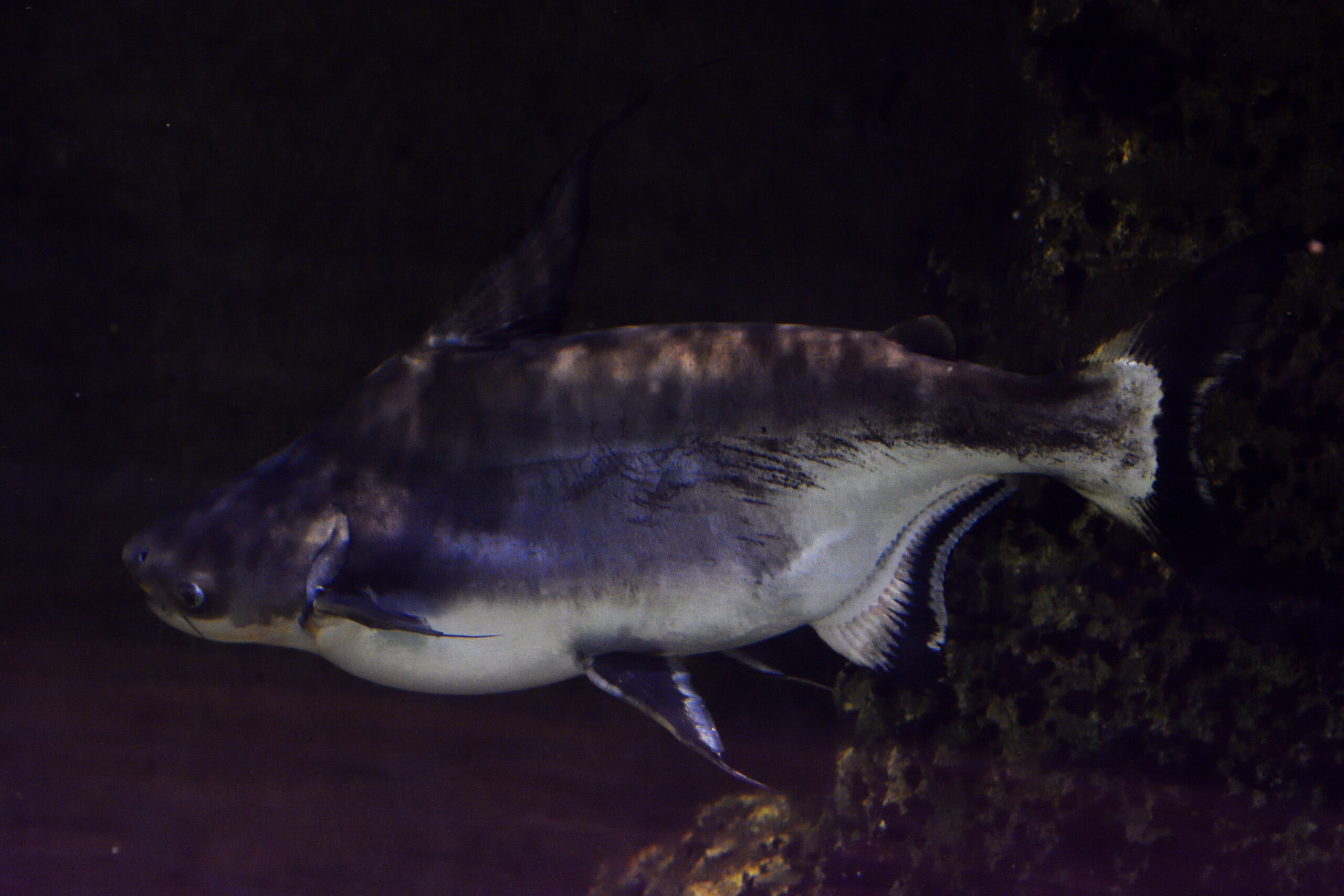

Introduction
Pangasius sanitwongsei, commonly known as giant pangasius, is a fresh water fish from the Asia.
This sheet is currently being prepared. The texts currently proposed come from our data model or are being drafted. To request priority for this content, you can write to us HERE.
Who is it?
Morphology
-
Average size50 cm
-
Maximum size300 cm
-
Longevity20 year
-
Average size50 cm
-
Maximum size300 cm
-
Longevity20 year
How to recognize This fish ?
This fish has the particularity to possess several pairs of barbels, which allow him to search the bottom and to detect the food thus moved.
The giant pangasius measures between 50 and 300 cm. This fish is bicolore with a predominantly blanc and gris body.
Behaviour & Life cycle
-
dietcarnivorous
-
Sociabilitysolitary
-
territorialNo
-
Way of livingdiurnal
The giant pangasius hunts in the stalk and is one of the predators of its biotope. Opportunistic, it does not hesitate to attack any smaller animal nearby.
The giant pangasius is a fish solitary naturally found at mid-depth. This species is carnivorous .
Although the giant pangasius is non-territorial, it is sometimes aggressive towards other species.
Reproduction
-
Reproductionovipare
-
Migratory speciesYes
The giant pangasius is a fish ovipare.
Harmless species
This species does not represent any particular threats to humans when encountered in its natural environment.
Origin and distribution
What is its habitat?
Natural environment characteristics
-
Temperature22 - 28 °C
-
pH (acidity)5.5 - 7
Biotope presentation
The giant pangasius is most often found at a depth between 0m and 6m. However, it is not impossible to find this species at other depths. This animal evolves in areas characterized by a strong presence of vegetation (aquatic and marsh plants, decaying organic matter, roots...).
This species lives near large roots, in which it can find refuge in case of danger. This type of habitat is often found not far from the banks.
Species of the same biotope
To go further
Sources & Contributions
Participation & Validation
The Fishipedia team and specialist contributors are committed to providing high-quality content. However, although the information comes from scientific sources or testimonials from specialists, the cards may contain inaccuracies.

Adrien Falzon

Benoit Chartrer
Translation
Translation done with the valuable contribution of our translators, who make this information available to a wider audience. We sincerely thank them for their commitment.
Scientific partners
Species of the same family
Species of the same biotope
